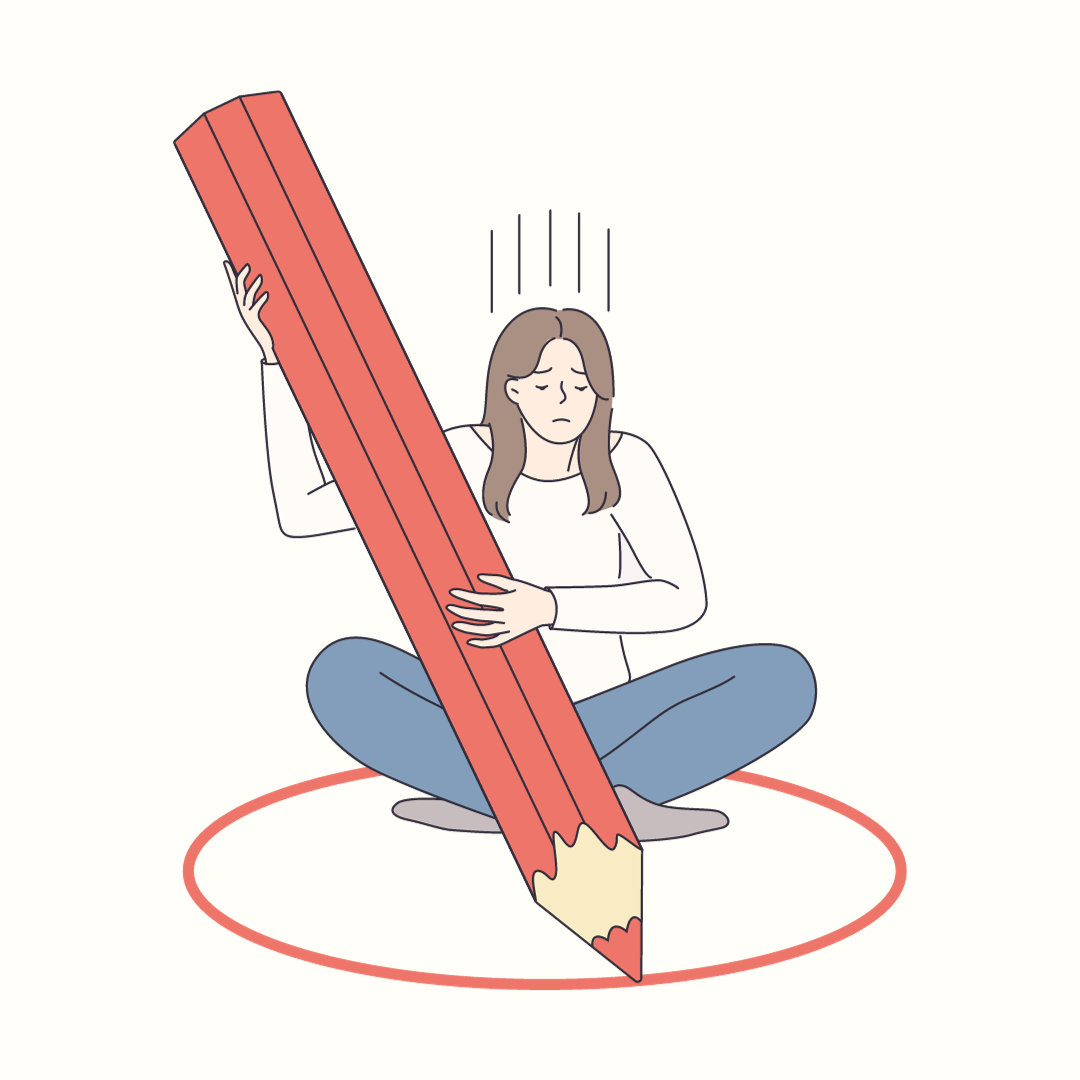How to Set Boundaries to Live in Integrity
You can do whatever you want to do, and you don’t have to do whatever you don’t want to do.
If this statement seems radical to you, then you are probably in a pattern of denying control and/or responsibility over your actions. You aren’t alone; many of us are taught to deny what we want, to people please, and to ignore our needs. That is how systems of injustice and violence perpetuate, by separating us from our inner voice and disempowering choice. The opposite of this separation is integrity.
Integrity is the alignment between what we feel on the inside and how we act on the outside. You are in integrity when feeling a yes inside and saying yes on the outside, and, conversely, feeling a no inside and saying no on the outside. Being in integrity is one of the main keys to wellness, and being out of integrity is one of the main contributing factors to suffering. Research shows disintegrating (acting out of alignment) experiences, like lying and emotional repression, increase the likelihood of mental health disorders and physical ailments spanning from the common cold to cancer (1, 2). Like a machine, if we are operating with a part out of alignment, we will experience compounding damage until we stop the car and make a fix. Typically, the fix involves boundary setting.
Why are boundaries important?
Setting boundaries is one of the kindest acts we can do for ourselves and other people. Research found that the most compassionate people have a surprising quality in common: they excel in boundary setting! Setting boundaries protects against relationship disconnectors like resentment, burnout, and compassion fatigue, leaving more energy for relationship connectors like empathy, gratitude, and joy (3).
How do I set a boundary?
Know when to set a boundary
All change starts with increasing our awareness. Build attunement with your “inner compass,” the feeling of yes and no inside of you. Then, notice when you are acting in alignment with your compass (yes inside, yes outside or no inside, no outside) and, especially, out of alignment with your compass (yes inside, no outside or no inside, yes outside).
Soothe yourself
Take a moment to make sure you are operating from an emotionally regulated place. This must involve kicking on our parasympathetic nervous system. Take slow breaths, rub your arms, place your hand on your chest, or engage in any other activity that creates the experience of soothing and warmth in your body. Talk to the angry, hurt, or afraid parts of yourself like a parent caring for their child. It is OK to feel this way. I am here for you. We will do this together. You are learning.
Consider the Boundary Stoplight
Boundaries are best set from a place of compassion for yourself and the other person, though sometimes we may have to increase our level of directness based on the scenario.
Green light boundaries
Green light boundaries are compassionate, calm, and a great opportunity for connection. When possible, start with a “green light” boundary. For example: I hear that you really want me to join you for dinner on Sunday, and I’m really grateful for your invitation. Thank you for thinking of me. Sunday doesn’t work for me. Can I call you next week to find an alternative time?
Yellow light boundaries
Yellow light boundaries are compassionate, calm, and firm. These boundaries are helpful for situations where we may be experiencing pushback to our green light boundary. For example: I appreciate the invitation and that you want me to join. I have said I will not be able to attend, so I will be done talking about this topic now.
Red light boundaries
Red light boundaries are firm, direct, and short. These boundaries are important for situations where we are concerned about safety, including emotional, physical, and psychological safety. For example:
No.
No, I can’t.
No, I am leaving.
No, and I will call the police if you do not leave.
Surrender responsibility for other people’s reactions to your boundary
We are only responsible for our own emotions and behaviors. The other person’s reaction to your boundary is their work to sort out. When boundary setting and maintaining becomes difficult (as it often is at first), remind yourself that boundaries are kind. Boundaries make enduring, compassionate, and liberating relationships possible. Therefore, what is best for you is best for the other person…really! Do the “math,“ consider the long-term consequences of not setting the boundary on the relationship and the long-term benefits of setting the boundary on the relationship.
References
https://www.apa.org/news/press/releases/2012/08/lying-less
https://openaccesspub.org/international-journal-of-psychotherapy-practice-and-research/article/999#:~:text=Physiological%20Consequences%20of%20Repression,common%20colds%20to%20cancer%205.
Brown, B. (2012). Daring greatly: how the courage to be vulnerable transforms the way we live, love, parent, and lead. New York, NY, Gotham Books.

